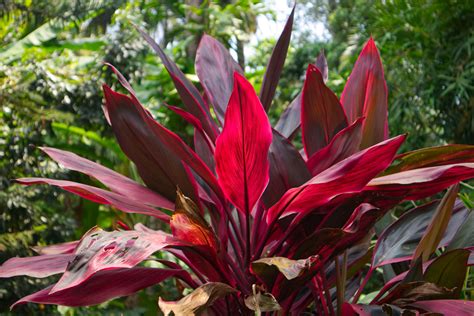Cordyline Plant. These plants tend to grow more up than out, so this plant is perfect to fill any vertical space with a lush vibe. It is native to australia, new zealand, and some pacific islands.

The cordyline plant is known for its bright colors. The cordyline plant grows best in areas with a lot of rainfall. Cordyline prefers a sunny location, but will tolerate partial shade.
These Plants Tend To Grow More Up Than Out, So This Plant Is Perfect To Fill Any Vertical Space With A Lush Vibe.
Cordyline tango (house plant) £12.39. Leaves color can be green, pink, purple, yellow or red the leaves can be variegate in some cultivars in yellow, purple,. However, if you live anywhere that isn’t a.
Choosing A Cordyline Plant That’s Right For Your Home Is Easy, But You Have To Make Sure You Can Create The Conditions That Are Conducive To Its Needs.
Leaf tips and margins brown and die. Cordyline plants can also produce red or yellowish flowers that smell sweet. In the warmest regions, cordyline can be both an indoor and an outdoor plant;
Cordyline Plants Are Tropical Plants Native To The Pacific Islands And Portions Of Southeast Asia.
Roots of established plants turn black and die. To propagate cordyline from terminal cuttings, remove a stem from the plant that contains a terminal bud or that features a growing point on its tip and a collection of buds on the stem. The leaves are spirally arranged into a fanlike shape at the stem tips.
Cordyline Can Be Propagated From Terminal Cuttings, Seeds, Or Suckers.
Place your red sister in any spot of your home that needs a boost of color, their vibrant foliage makes a stunning addition to your home decor. In hawaii, it is known as ‘ti plant’. Purchase plants free of the disease.
Terminalis) Are Common Decorative Plants That Thrive Outdoors In Hardiness Zones 9 To 12, But Also Make Excellent Houseplants.
These australian plants can tolerate drought, but don't like to dry out completely. Young plants are often used in bedding and container displays. Asparagaceae country or region of origin:
